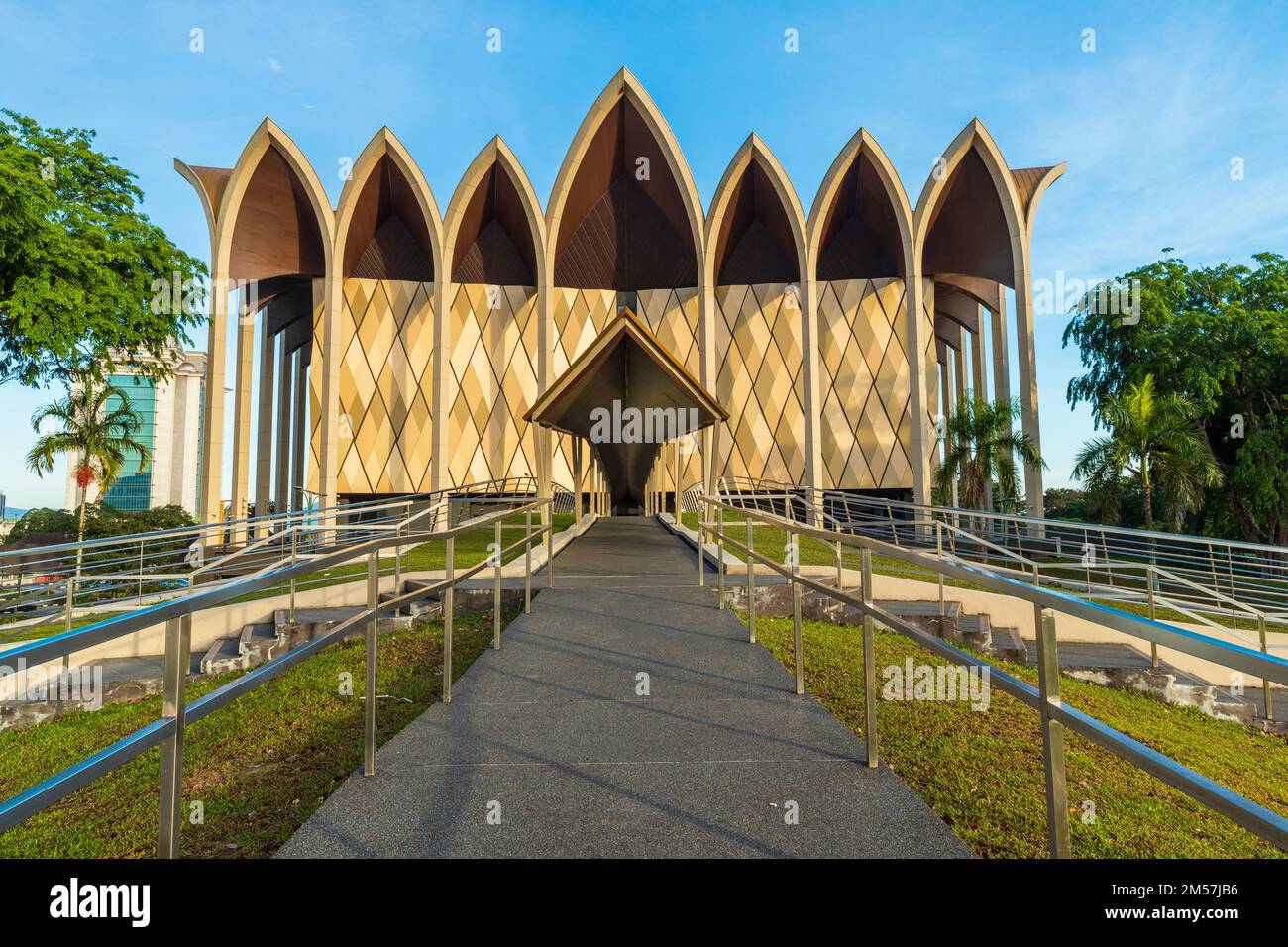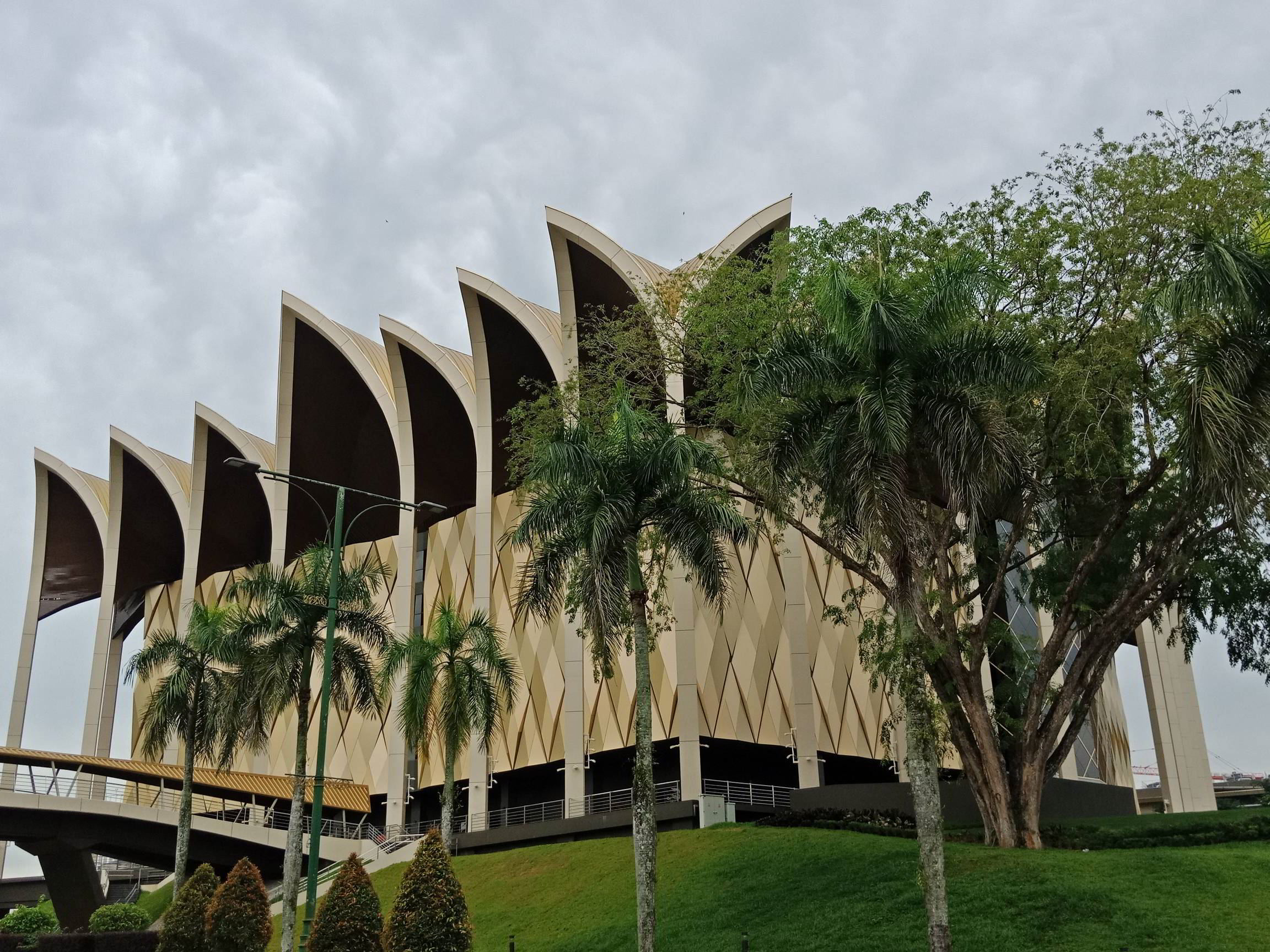Look Into the Interesting Globe of Borneo's Cultural Heritage: A Comprehensive Overview to the Cultures Gallery Experience
Immersing oneself in the detailed tapestry of Borneo's social heritage belongs to embarking on a trip with time and practice. The blend of aboriginal people, conventional inventions, fascinating performances, and historic narratives housed within the confines of the island's museums supplies a glance into a world bristling with extensive legacies and dynamic customs. As visitors go across through these databases of society, they are beckoned to explore a world where past and present intermingle, welcoming contemplation on the resilience and richness of Borneo's varied heritage.
Native Tribes of Borneo
Borneo is home to over 50 native people, each with distinct social techniques and customs that have been preserved for generations. Among these people are the Iban, known for their standard longhouses and detailed tattoos where multiple households live.
These indigenous tribes play a vital role in maintaining Borneo's abundant social tapestry. Site visitors to Borneo have the possibility to engage themselves in the distinct way of lives of these people via social scenic tours, homestays, and community-based tourism campaigns.
Conventional Inventions and Artifacts

One prominent example of traditional inventions in Borneo is the manufacturing of woven goods - Borneo Cultures Museum. Knowledgeable weavers utilize natural fibers like rattan, pandan, and bamboo leaves to produce complex baskets, mats, and devices embellished with colorful patterns that hold symbolic meanings within the neighborhood
The art of woodcarving is an additional significant aspect of Borneo's standard inventions. Craftsmens sculpt intricate designs into different kinds of timber to generate masks, sculptures, and music tools that not only offer functional objectives however also hold cultural significance, commonly showing mythology or spiritual beliefs.
Additionally, Borneo is renowned for its beadwork, with craftsmens diligently crafting grains from products like glass, seeds, and shells to develop jewelry, clothing decorations, and decorative items that showcase the region's lively aesthetic customs. These traditional inventions and artefacts not just work as concrete expressions of Borneo's social heritage but also provide understandings into the communities' beliefs, worths, and lifestyle.

Social Performances and Festivals
With an ingrained link to their cultural traditions, the areas in Borneo come to life through vivid cultural performances and festivals that celebrate their heritage. Site visitors to Borneo can submerse themselves in these celebrations, gaining a much deeper understanding of the region's cultural heritage and experiencing the warm hospitality of its individuals. Social performances and festivals serve as a lively reminder of Borneo's abundant social tapestry and the value of maintaining these customs for future generations.
Historic Narratives and Artefacts
Discovering the historic narratives and artefacts of Borneo offers a fascinating peek into the area's abundant past and cultural development. Borneo's historic tapestry is woven with varied click impacts, mirroring the interactions in between indigenous tribes, Chinese traders, European colonizers, and Malay sultanates. The artifacts found in Borneo display this detailed history, varying from standard crafts like elaborate beadwork and woodcarvings to historical treasures such as old ceramic and tools.
Among the most engaging elements of Borneo's historic stories is the conservation of oral practices gave through generations. These tales offer understandings right into the beliefs, personalizeds, and day-to-days live of Borneo's occupants throughout the centuries. Additionally, the artifacts uncovered from historical sites provide substantial connections to these stories, allowing visitors to witness the material society of past societies firsthand.
Contemporary Cultural Conservation Efforts

In addition, instructional programs and social exchange activities play an essential function in elevating awareness regarding the value of preserving Borneo's one-of-a-kind cultural heritage. By engaging colleges, museums, and the broader neighborhood in discussions and tasks that commemorate Borneo's diverse societies, preservation initiatives can acquire momentum and assistance for lasting sustainability. Collaborations in between governmental bodies, non-profit companies, and regional communities are vital in driving these preservation ventures forward, making certain that Borneo's rich cultural heritage continues to be dynamic and cherished for generations to find.
Conclusion
In verdict, the cultural heritage of Borneo is rich and varied, with indigenous tribes, conventional handicrafts, social performances, celebrations, historic narratives, and contemporary preservation initiatives all adding to its individuality and importance. Visitors to Borneo's cultural museums can obtain a deeper understanding and admiration of the region's social heritage, allowing for an extra immersive and informing experience.
Immersing oneself in the complex tapestry of Borneo's cultural heritage is comparable to embarking on a voyage with time and moved here practice.With a deep-rooted connection to their cultural customs, the communities in Borneo come to life via vivid cultural efficiencies and celebrations that celebrate their heritage. Cultural efficiencies and festivals serve as a lively reminder of Borneo's rich social tapestry and the relevance of preserving these customs for future generations.
In addition, educational programs and social exchange tasks play a vital duty in elevating awareness about the importance of protecting Borneo's special cultural heritage. Cooperations in between governmental bodies, charitable companies, and local communities are necessary in driving these preservation endeavors forward, making certain that Borneo's abundant helpful hints social heritage continues to be lively and valued for generations to come.
Comments on “Discover the Essence of Borneo Cultures Museum”